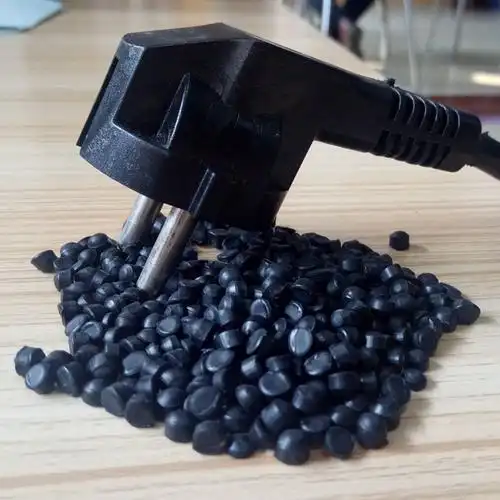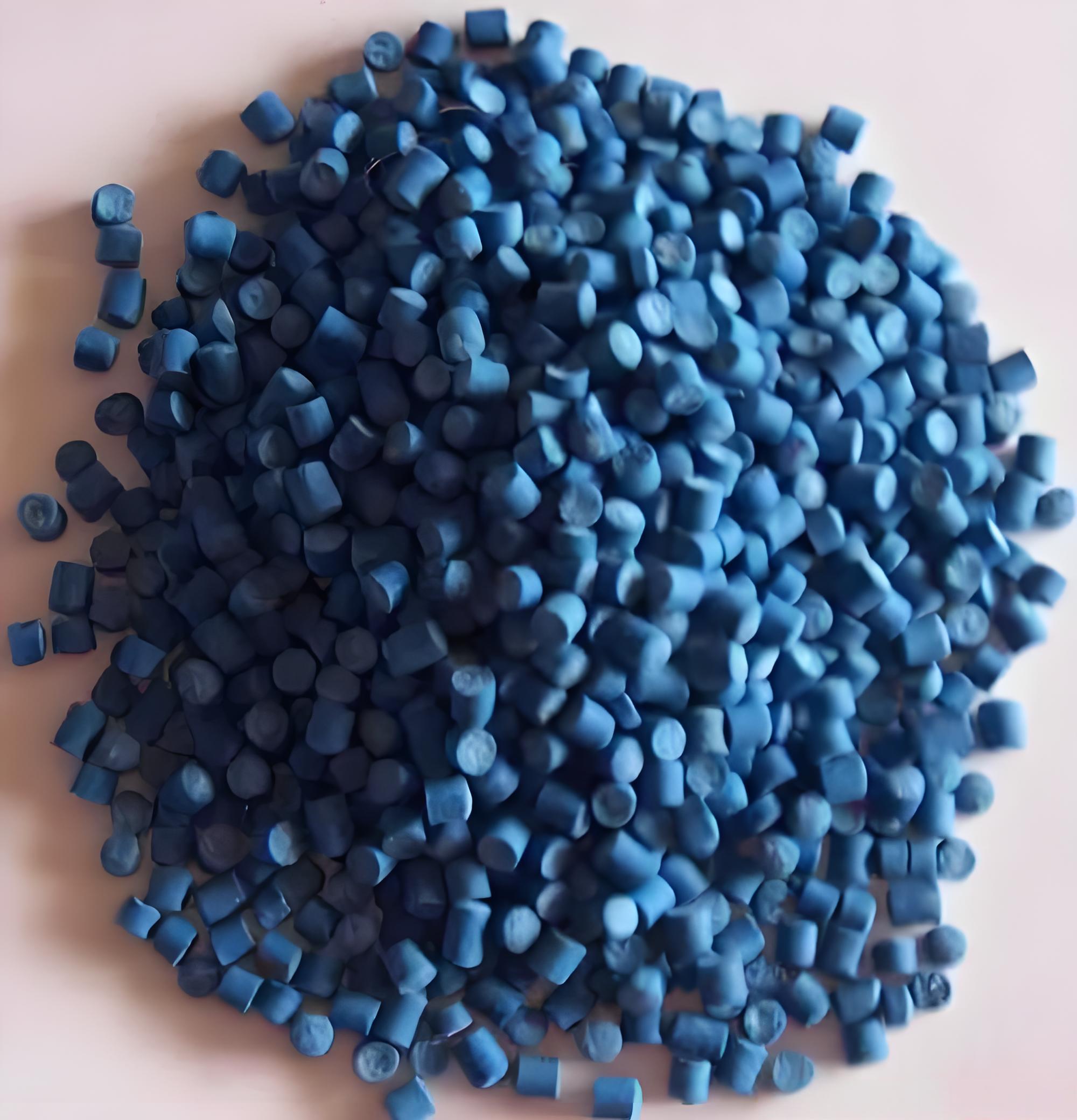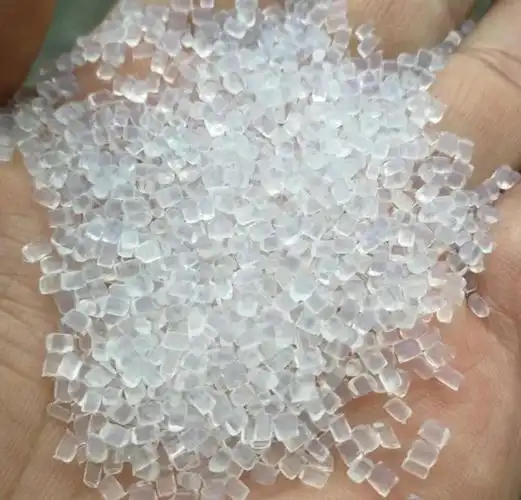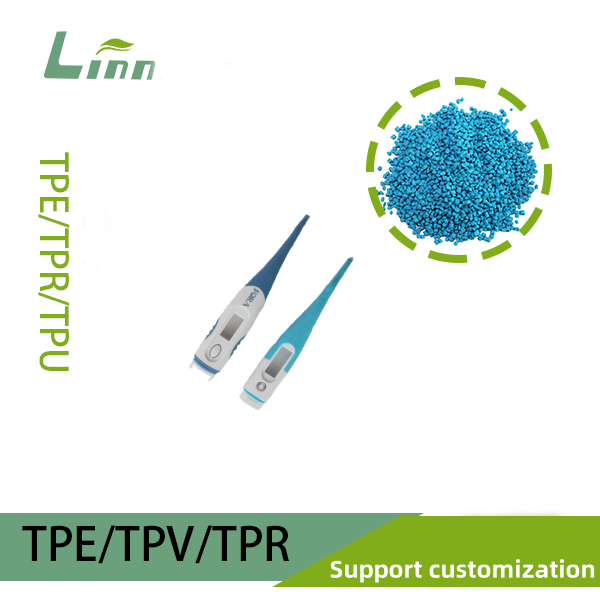Having spent over a decade in the materials and electronics accessories industry, I’ve helped countless manufacturers, retailers, and consumers navigate the maze of choosing the right components for their products. One question that pops up frequently, especially among tech enthusiasts and everyday users, is: “Which is better for data cables—TPE or PVC?” It’s a practical concern, as data cables are essential for charging and syncing devices, and their material impacts durability, safety, and user experience. Drawing from my experience testing cables in labs and advising clients on product design, I’ll compare TPE (Thermoplastic Elastomer) and PVC (Polyvinyl Chloride) data cables, break down their strengths and weaknesses, and guide you toward the best choice for your needs. Let’s dive in with a clear, relatable perspective.
What Are TPE and PVC Data Cables?
Before we get into the comparison, let’s clarify what these materials are and how they’re used in data cables. TPE is a flexible, rubber-like material that combines the elasticity of rubber with the processability of plastics. In data cables, TPE is often used as the outer jacket, providing a soft, durable coating around the internal wires. It’s popular in premium cables for its eco-friendliness and pleasant feel.
PVC, on the other hand, is a widely used plastic known for its affordability and versatility. As a cable jacket, PVC is stiff yet tough, protecting the inner conductors from physical damage. It’s the go-to material for budget-friendly cables found in most electronics packaging.
I remember a conversation with a startup designing eco-conscious phone accessories. They were torn between TPE’s sustainability and PVC’s low cost for their charging cables. That project sparked my interest in how these materials perform in real-world use. Let’s explore the key factors to consider when choosing between TPE and PVC data cables.

Key Factors in Choosing TPE vs. PVC Data Cables
Data cables endure daily wear—bending, twisting, and exposure to various environments. Based on my work with cable manufacturers and consumer feedback, here’s a detailed look at the factors that matter most when comparing TPE and PVC.
1. Durability and Lifespan
Durability is a top priority, as nobody wants a cable that frays or breaks after a few months. TPE offers excellent flexibility, which reduces wear from repeated bending. It resists cracking and maintains integrity under moderate stress, typically lasting 2-5 years with regular use. However, TPE can degrade if exposed to extreme heat or UV light for extended periods.
PVC is tough but brittle compared to TPE. It resists physical damage like cuts or abrasions but is prone to cracking at bend points, especially near connectors. PVC cables often last 1-3 years in typical use, shorter if frequently coiled tightly. Cheaper PVC blends can harden over time, further reducing lifespan.
I advised a tech retailer who switched to TPE cables for their premium bundles after customers complained about PVC cables fraying within a year. Meanwhile, a bulk supplier I worked with stuck with PVC for low-cost USB cables, accepting shorter lifespans for price-conscious buyers. Your usage habits and replacement tolerance will influence your choice.
2. Flexibility and Feel
The feel of a cable affects user experience, especially for frequent handling. TPE is soft and pliable, with a smooth, non-sticky texture that feels premium. Its flexibility makes it easy to coil and store without tangling, reducing stress on the cable during use.
PVC is stiffer and less forgiving, often feeling plasticky or slick. It can tangle more easily and resists bending, which can strain connectors over time. Higher-quality PVC cables are smoother, but they rarely match TPE’s tactile appeal.
A client designing a high-end phone charger chose TPE for its luxurious feel, which complemented their brand. But a budget electronics brand I worked with used PVC, prioritizing cost over comfort. If you value a pleasant handling experience, TPE has the edge.
3. Temperature Resistance
Cables face temperature variations, from hot car interiors to cold winter commutes. TPE performs well in moderate temperatures, typically -40°C to 80°C. It stays flexible in cold weather but can soften or deform in extreme heat, like a car dashboard in summer.
PVC has a similar range, -20°C to 80°C, but it’s less reliable at extremes. It can become brittle in cold temperatures, increasing the risk of cracking, or soften excessively in heat, compromising insulation. High-grade PVC formulations improve performance, but they’re less common in budget cables.
I helped a travel accessory brand select TPE cables for their portable chargers, as they held up better in varied climates. A low-cost cable supplier I advised stuck with PVC, as their customers rarely exposed cables to extreme conditions. Consider your environment when choosing.

4. Safety and Chemical Resistance
Safety is critical, as cables are handled daily and can be exposed to spills or chemicals. TPE is hypoallergenic and resistant to oils, sweat, and mild chemicals, making it safer for skin contact and less likely to degrade from everyday exposure. It’s also less likely to release harmful fumes if overheated.
PVC poses safety concerns in some cases. It can release toxic chlorine gas or dioxins if burned or overheated, and cheaper PVC may contain harmful plasticizers like phthalates, which can leach out over time. While modern PVC cables are safer, they’re less resistant to oils and chemicals, leading to faster wear.
A baby product company I consulted for chose TPE cables for their monitor chargers, citing its non-toxic properties. A generic cable manufacturer I worked with used PVC, as their market prioritized cost over safety certifications. If safety is a concern, TPE is the better bet.
5. Environmental Impact
Sustainability matters to many consumers today. TPE is fully recyclable as a thermoplastic, allowing it to be melted and reformed. Its production is less energy-intensive, and it avoids harmful additives like phthalates, making it a greener choice.
PVC is less eco-friendly. It’s recyclable in theory, but the process is complex and rare, leading to most PVC ending up in landfills. PVC production releases toxic byproducts, and its additives can harm the environment. Some regions even restrict PVC use due to these concerns.
I advised an eco-focused tech startup to use TPE cables for their sustainable branding, which resonated with their customers. A mass-market cable supplier I worked with stuck with PVC, as recycling wasn’t a priority for their audience. If you care about environmental impact, TPE is superior.
6. Cost and Manufacturing
Cost drives many purchasing decisions. PVC is significantly cheaper, with lower raw material and processing costs. It’s easy to extrude and mold, making it the default for budget cables bundled with devices or sold for a few dollars.
TPE is more expensive, often 20-40% pricier due to higher material costs and specialized manufacturing. Its premium price reflects its better feel and eco-credentials, but it’s less common in low-cost products.

A phone accessory brand I consulted for chose PVC for their $5 cables to stay competitive, while a premium charger maker I worked with used TPE to justify a $15 price point. Budget constraints often favor PVC, but TPE offers value for higher-end products.
Comparing TPE and PVC Data Cables
To clarify the differences, here’s a table summarizing key properties, based on my industry experience:
| Property | TPE | PVC | Best Choice |
|---|---|---|---|
| Durability | Good, 2-5 years | Moderate, 1-3 years | TPE, for longer lifespan |
| Flexibility | Soft, tangle-resistant | Stiff, prone to tangling | TPE, for better handling |
| Safety | Non-toxic, hypoallergenic | Potential toxic additives | TPE, for safer use |
| Cost | Higher, premium material | Lower, budget-friendly | PVC, for cost savings |
This table shows TPE’s advantages in durability, flexibility, and safety, while PVC wins for cost. Your priorities—budget, longevity, or eco-friendliness—will guide your decision.
Real-World Applications
To ground this in reality, here are examples from my work where TPE or PVC cables were chosen:
1. Smartphone Charging Cables
A premium phone accessory brand I advised used TPE cables for their USB-C chargers, citing their soft feel and durability. Customers loved the tangle-free design. A budget phone maker I worked with bundled PVC cables, keeping costs low but facing higher return rates due to fraying.
2. Laptop Adapters
A laptop accessory supplier I consulted for chose TPE cables for their high-end power adapters, as they withstood frequent coiling by travelers. A generic adapter manufacturer used PVC, prioritizing cost for mass-market sales.

3. Wearable Tech
A fitness tracker company I worked with selected TPE cables for their charging docks, valuing their hypoallergenic properties for skin contact. A low-cost smartwatch brand I advised used PVC, accepting lower durability for cheaper pricing.
4. Gaming Peripherals
A gaming accessory maker I consulted for used TPE cables for controllers, as gamers appreciated the flexibility during intense use. A budget mouse manufacturer stuck with PVC, as their cables faced less movement.
5. Aftermarket Replacements
A repair shop I visited offered TPE cables for premium replacements, citing better longevity. For quick, cheap fixes, they sold PVC cables, which were popular with cost-conscious customers.
Which Should You Choose?
The “better” material depends on your needs, based on my experience:
Choose TPE If: You want better durability, a premium feel, safety, or eco-friendliness. It’s ideal for frequent use, sensitive applications (e.g., kids’ devices), or environmentally conscious buyers. The higher cost is worth it for quality.
Choose PVC If: You’re on a tight budget or need a cable for light, occasional use. It’s fine for low-cost devices or situations where frequent replacement isn’t a hassle.
I helped a small business owner choose TPE cables for their café’s customer charging stations, as they needed durability and safety. For their office’s spare cables, we went with PVC to save money. Evaluate your usage and priorities to decide.

Tips for Selecting and Using Data Cables
If you’re choosing between TPE and PVC cables, here’s my practical advice, drawn from years of industry work:
Match to Usage: For heavy daily use or travel, pick TPE for its flexibility and durability. For occasional or stationary use, PVC is often sufficient.
Check Quality: Look for reputable brands like Anker or Belkin for TPE, or Cable Matters for PVC. A cheap PVC cable I tested for a client broke in weeks, while a quality one lasted over a year. Don’t skimp on quality.
Consider Environment: Avoid leaving cables in extreme heat (e.g., car dashboards) or cold, especially PVC, which can crack. TPE handles moderate climates better.
Maintain Cables: Coil loosely to avoid stress, and clean with a damp cloth to remove dirt. A client I advised saw 50% longer cable life by teaching staff proper coiling techniques.
Verify Compatibility: Ensure the cable’s connectors (e.g., USB-C, Lightning) and specs (e.g., fast charging) match your device. I’ve seen users buy great cables but the wrong type—check first.
When I helped a tech retailer stock cables, we offered TPE for premium customers and PVC for budget buyers, clearly labeling durability and use cases. This approach boosted customer satisfaction and reduced returns.
The Future of TPE and PVC Data Cables
The cable industry is evolving. TPE is seeing greener formulations, with bio-based blends reducing emissions. I tested a new TPE cable at a trade show that was 15% more recyclable than standard versions. PVC is improving with phthalate-free additives, addressing safety concerns, but its environmental impact remains a challenge.
As wireless charging and USB-C standards grow, cable demand persists, but sustainability pressures favor TPE. Hybrid materials combining TPE’s eco-friendliness with PVC’s affordability are emerging, potentially reshaping the market. For now, TPE and PVC dominate, each with distinct strengths.

Final Thoughts
So, which is better—TPE or PVC data cables? TPE leads for durability, flexibility, safety, and eco-friendliness, making it ideal for frequent use or premium applications. PVC shines for cost-effectiveness, suiting budget-conscious buyers or light use. Your choice depends on your budget, usage habits, and values.
Having guided businesses and consumers through cable choices, I’ve seen how the right material can enhance daily tech experiences. Whether you’re charging a phone, syncing a tablet, or outfitting a business, understanding TPE and PVC helps you make smarter decisions. If you’re unsure which cable to pick or need more advice, I’m here to help.
Got questions about TPE, PVC, or data cables? Leave a comment, and let’s dive deeper!
Related Questions
Q: How long do TPE and PVC data cables last with daily use?
A: TPE lasts 2-5 years with good flexibility, while PVC typically lasts 1-3 years, often fraying at bend points. TPE is better for longevity.
Q: Are TPE cables safer for kids’ devices than PVC?
A: Yes, TPE is hypoallergenic and free of toxic additives like phthalates, making it safer. PVC may contain harmful plasticizers in cheaper versions.
Q: Can TPE or PVC cables handle outdoor use?
A: TPE resists moderate weather better but degrades in extreme UV or heat. PVC is less reliable outdoors, becoming brittle in cold or soft in heat. TPE is preferable.
Q: Why are PVC cables so much cheaper than TPE?
A: PVC costs 20-40% less due to cheaper materials and simpler manufacturing. TPE is pricier but offers better durability and eco-friendliness.
Q: Are TPE cables easier to manage than PVC?
A: TPE is softer and tangle-resistant, making it easier to coil and store. PVC is stiffer and more prone to tangling, complicating handling.





